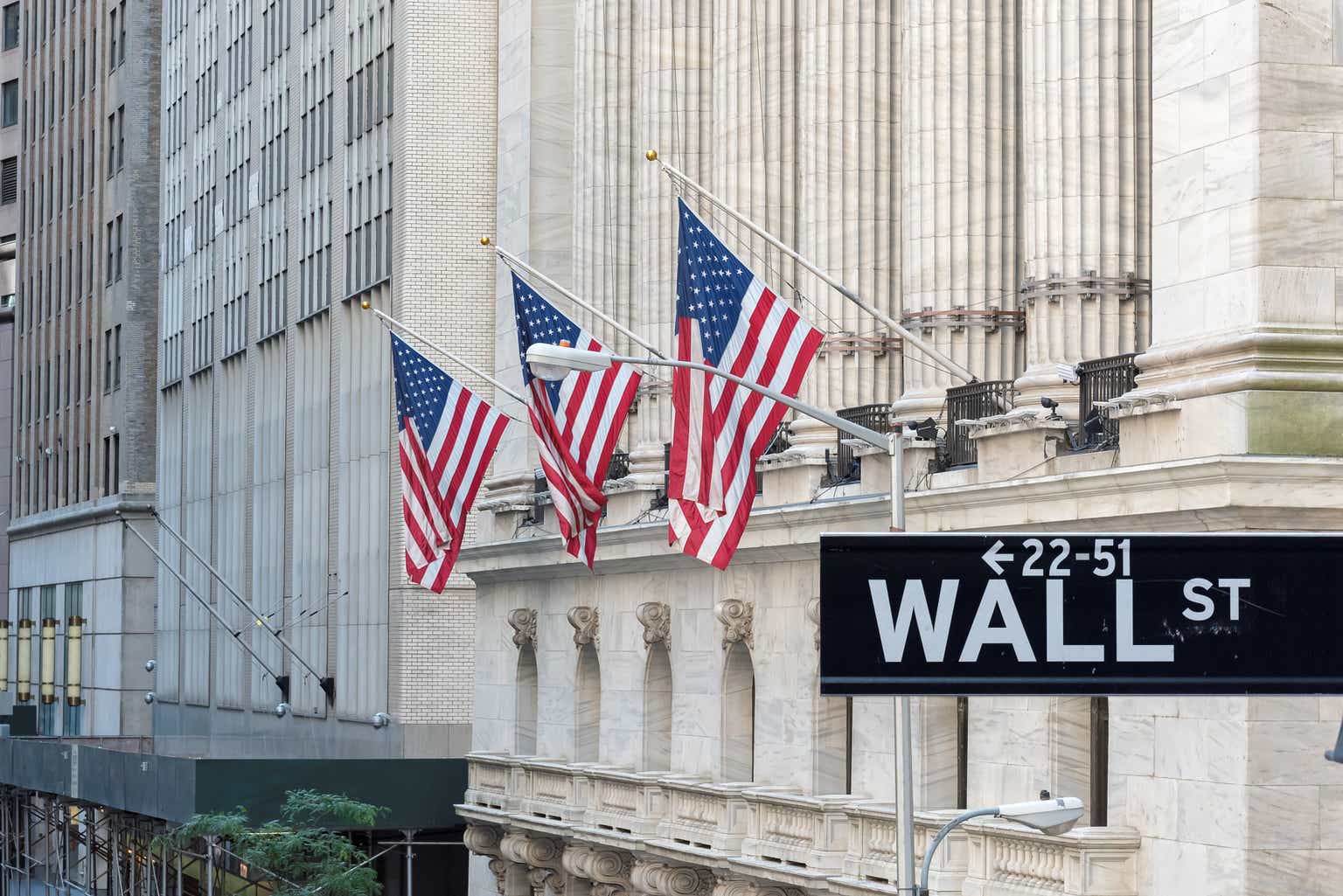Investors are facing numerous uncertainties in 2024, including the state of the economy and the future direction of interest rates. Jing Roy, Director and Portfolio Manager for Asset Allocation at TD Asset Management, discusses the various scenarios and market implications with MoneyTalk’s Greg Bonnell.
Transcript
Greg Bonnell: There are plenty of questions facing investors this year, from whether we get rate cuts from central banks to the chances of a recession. Joining us now to discuss how things may play out is Jing Roy, Vice President Director and Portfolio Manager for Asset Allocation at TD Asset Management. Jing, great to have you back on the program.
Jing Roy: Thank you very much. Glad to be here.
Greg Bonnell: Let’s talk about some of those questions that we’re weighing. As I said, we entered the year with some pretty high hopes about where the economy could be headed, what the central banks might get up to. We’ll start with the dreaded R-word — Recession.
Jing Roy: So there’s a market debate around what kind of recession, what’s in stock after the recession, how we get there, whether we get there. So the consensus that we’re going to have a soft landing and economic growth in both the US and Canada will be about half as fast as we experienced last year.
So given what we’re seeing in the cracks in the consumer credit, as well as the labor market, it’s much easier to see a path for a slower growth going forward rather than a rapid recovery. So that’s especially the case in Canada, where we have higher household debt, and we’re experiencing higher debt servicing costs because (of) the mortgage rollovers. So that will put a bigger dent in Canadian household consumption, as well as the growth.
Greg Bonnell: When we talk about that recession debate, is there still a part of that debate where people are saying we’re going to get, perhaps, a hard landing? Because the story was about, do we get the soft landing? Do we get no landing at all? The consensus in the market seems to be that things will slow but not precipitously to the point we’re going to be in trouble. Are people still throwing around the trouble scenario?
Jing Roy: Well, not really. The consensus really coalesced around the soft landing scenario and what we see in the past two months, where the equity market and the bond market collectively returned double-digit returns in the last two months, just because the consensus expectations shifted to a soft landing scenario. And people become more aggressive in terms of rate cut expectations. As a result of that, it was very conducive for risk appetite, as well as asset pricing.
Greg Bonnell: That’s the other big part, of course, right — the central banks and this idea that they will be cutting the shear. In a soft landing scenario, do the central banks have to be aggressive to the downside? Or were they simply just trying to get out of what we believe to be pretty restrictive territory right now?
Jing Roy: Yeah. So right now, the market is pricing in about six to seven cuts in the US starting in March. In Canada, it’s about five cuts starting in April. Right now, the modus operandi for the central bank is to cut rates in commensurate with the falling inflation. But if there’s any sign of we’re hitting a recession, I think central banks will be more aggressive in cutting their rates.
And it’s counterintuitive. Asset prices in a recession may actually be quite strong because when central banks cut rates more aggressively, it’s conducive for risk appetite and asset prices. So what we have a situation here is assets that can throw off very stable cash flows will benefit in that scenario. Case in point will be long bonds because it throws a constant coupon. For equities, companies with very stable cash flow and have secular tailwinds behind them, such as in the technology and healthcare sectors, they will benefit as well.
Greg Bonnell: All right. So we’ve set the table for a soft landing, for rate cuts from the central banks, ours and from the Fed. Let’s talk about the surprises that we might be facing this year. We’re only two weeks in. We think it’s going to go on this direction. What do we need to be watching?
Jing Roy: I think it’s very important to understand where the inflation is headed. And that will become a north star for understanding where the central bank policy might pivot towards. As a result of that, you have to position the portfolio with a core view of what could happen.
If the consensus estimate of a soft landing and a rate cut expectation come to pass, then I think the return expectation for assets, bonds, and equity will be somewhat in the mid-single digit territory. But we really need a surprise for that to deviate from our base-case scenario.
So the biggest surprise, I think, if we experience growth a tad softer than what the market is expecting, then, actually, that will be bullish for markets. And in a very strange twist of logic, pre-revenue companies can actually benefit from that because they really don’t have any revenues to contend with. But they are disproportionately benefiting from a more friendly fundraising market, which are the result of lower interest rates and more liquidity in the system.
Greg Bonnell: Yeah, one of the stories of the past 12 months that perhaps people hadn’t expected heading into last year was how well the American markets would do, how well the Magnificent Seven did, all the excitement around AI. Is there a chance this year that the US markets will not outperform like they have?
Jing Roy: That’s an interesting question because for investors leaning towards a stronger growth scenario, actually, there’s a higher probability that a US market will lag behind Canada and Europe. There are a few reasons for that. Number one, if growth in US and inflation in the US surprise on the upside, then investors will have to recalibrate their aggressive rate cut expectation. As a result of that, financial conditions will tighten. Because of that, then the US long bonds, government bonds, will trail counterparts in the G6 economies because investors will require higher returns. And the price (will) have to adjust downwards to accommodate that.
And also, for growth stocks, when growth becomes abundant, there will be a derating for growth stocks because the premium for growth scarcity will no longer be there. As a result of that, the US market is over-indexed to growth equities. There is a very strong likelihood that the US stock market will underperform Canada and Europe.
But then there’s one saving grace, which is the strong dollar because of a hawkish Fed. Of course, we have a couple of wild cards this year. We have a potential policy shift after the US presidential election in November, as well as the ongoing inflation shocks in the Middle East from the widening of the regional conflict.
Greg Bonnell: I feel like some of that uncertainty that’s been in the market for a while and that’s going to continue into this year, as you said with some of those issues, caused a lot of investors, despite the fact that we saw US stocks rally so strongly last year, to stay in cash. So if we bring it back to asset allocation, we know that was a story. Perhaps some people felt as they stayed in cash they missed a bit of the market rally. Let’s talk about diversification this year.
Jing Roy: Well, because we don’t know what’s going to happen to the market, it’s nice to know what would work in a recessionary scenario and in a recovery scenario. But even the best of us sometimes succumbs to a lack of imagination. Let’s put it that way.
So I think it’s very helpful to focus on income, growth, and stability when you try to navigate the uncertainty in the market right now. So for a portfolio that’s well-constructed, I would look for three attributes. First of all, it has to secure a base level of income over the medium term. And secondly, it has to generate capital appreciation from equities or any other risk-seeking assets. And finally, it has to generate source returns from uncorrelated asset classes so you have different levers in play when we go through this uncertain path.
Original Post
Read the full article here







